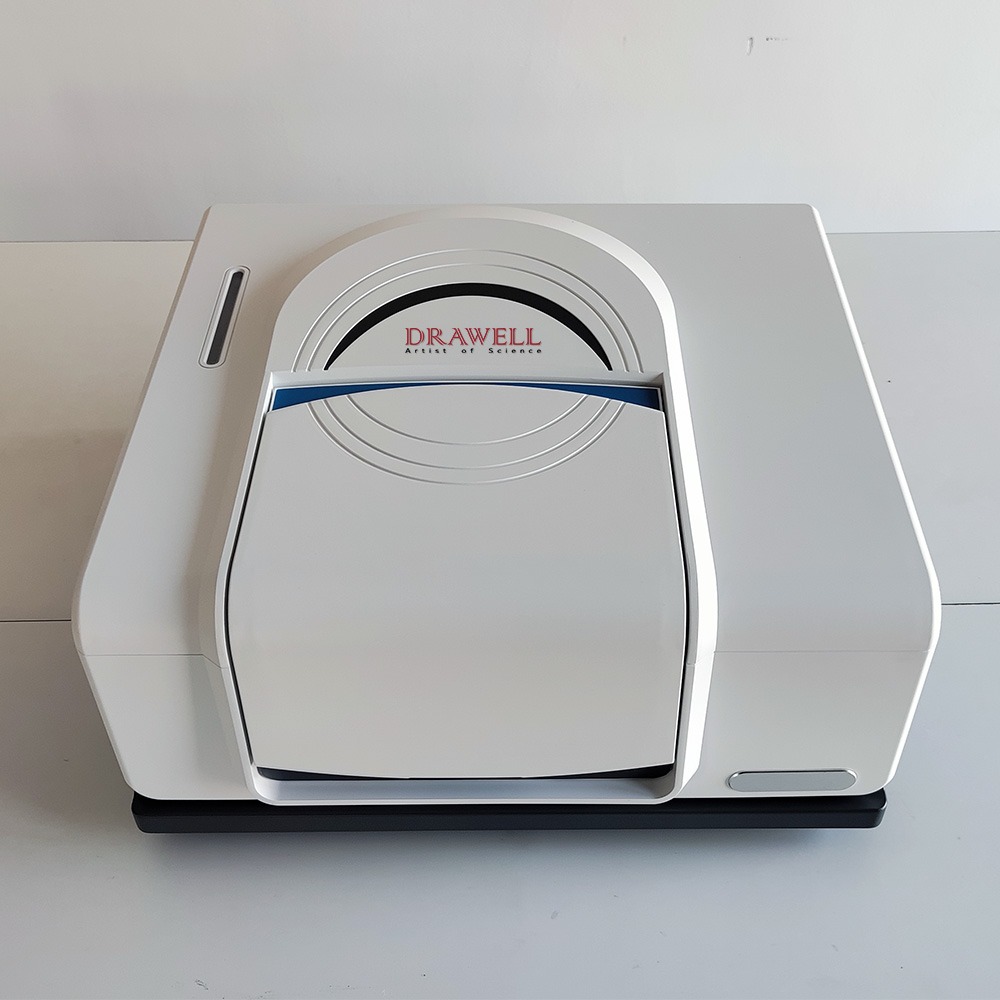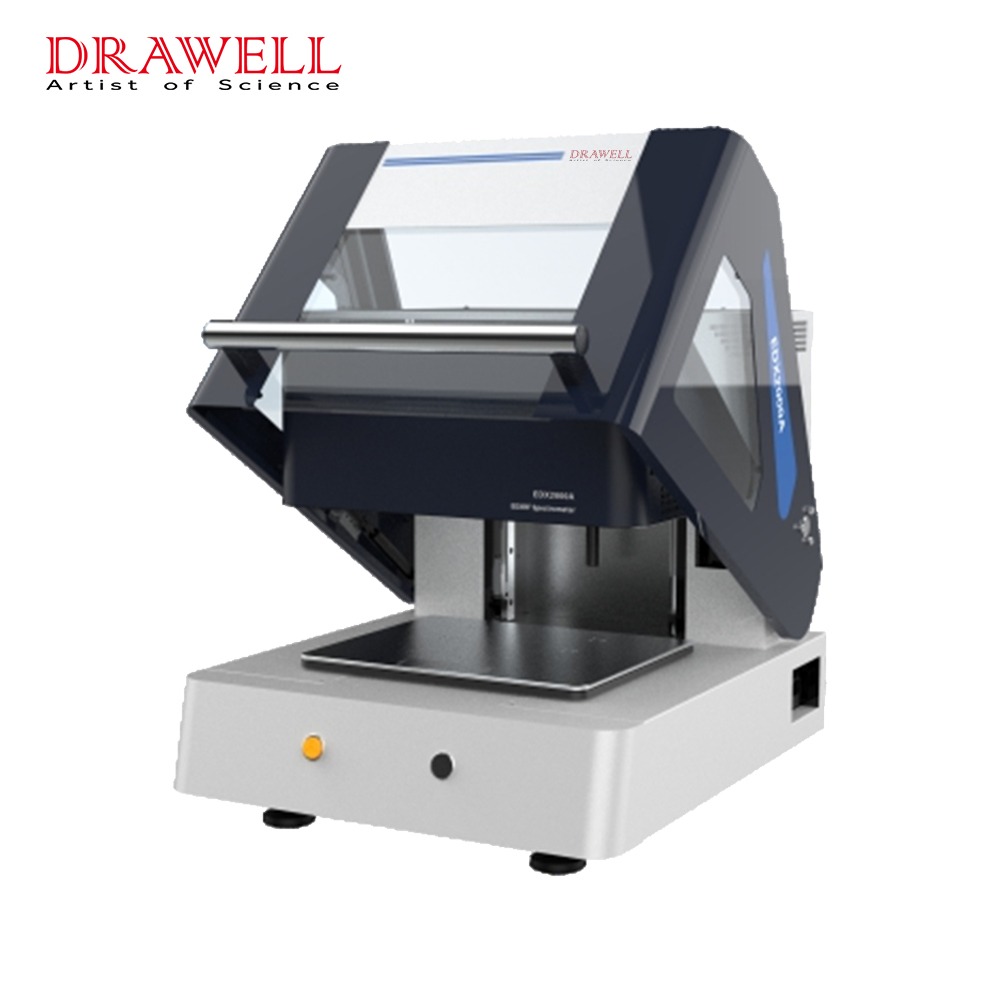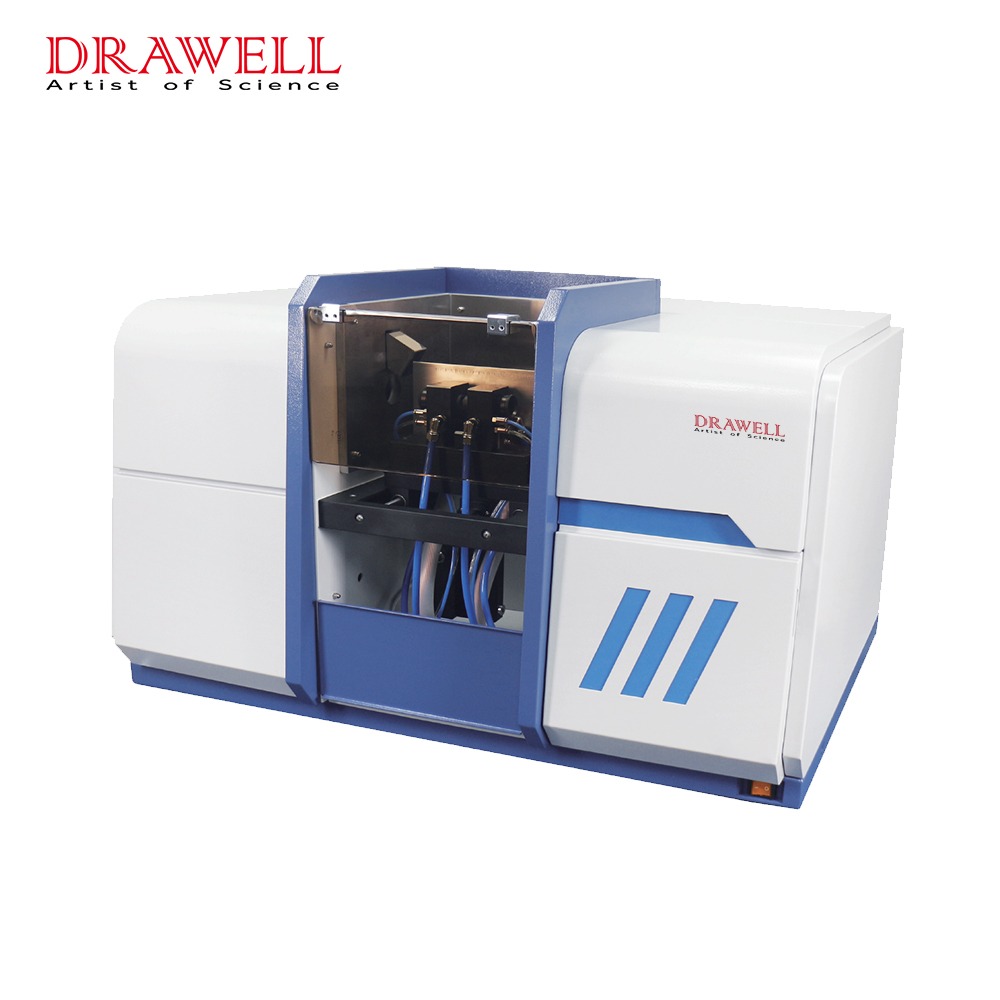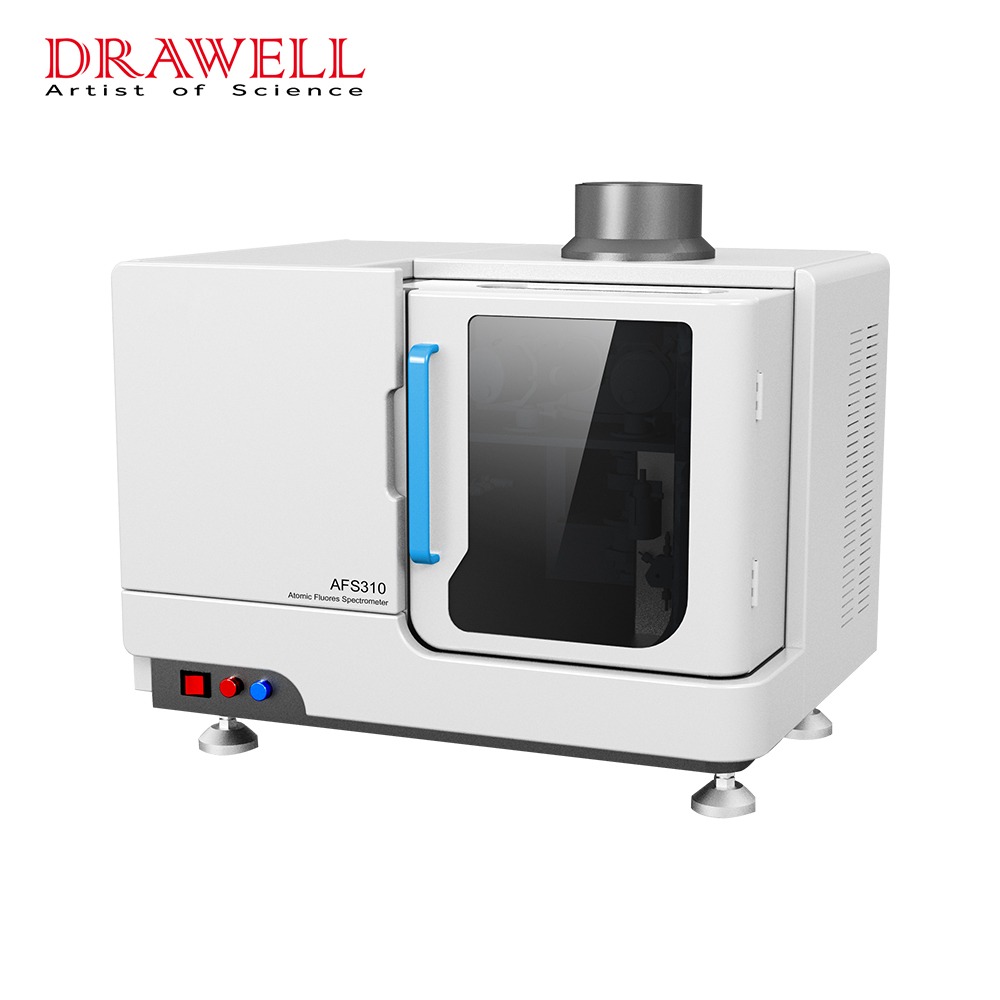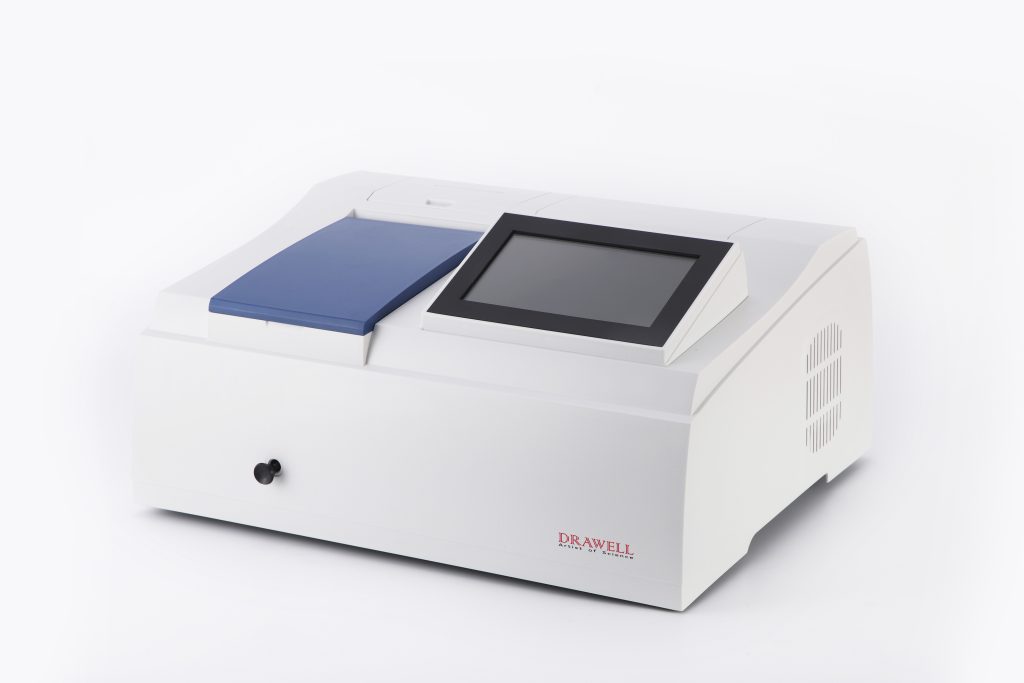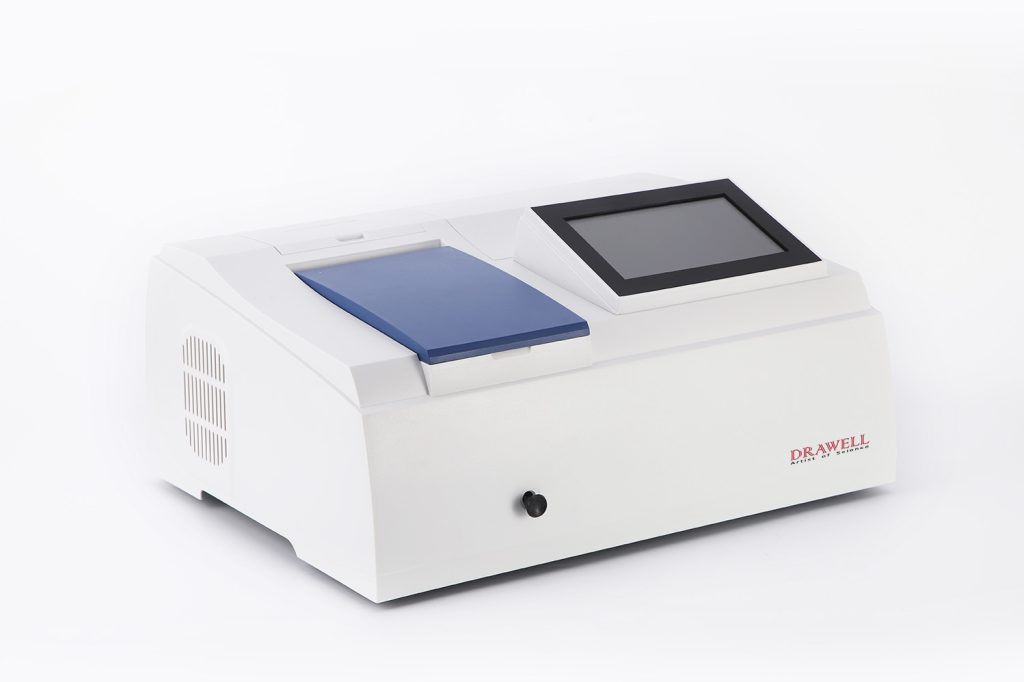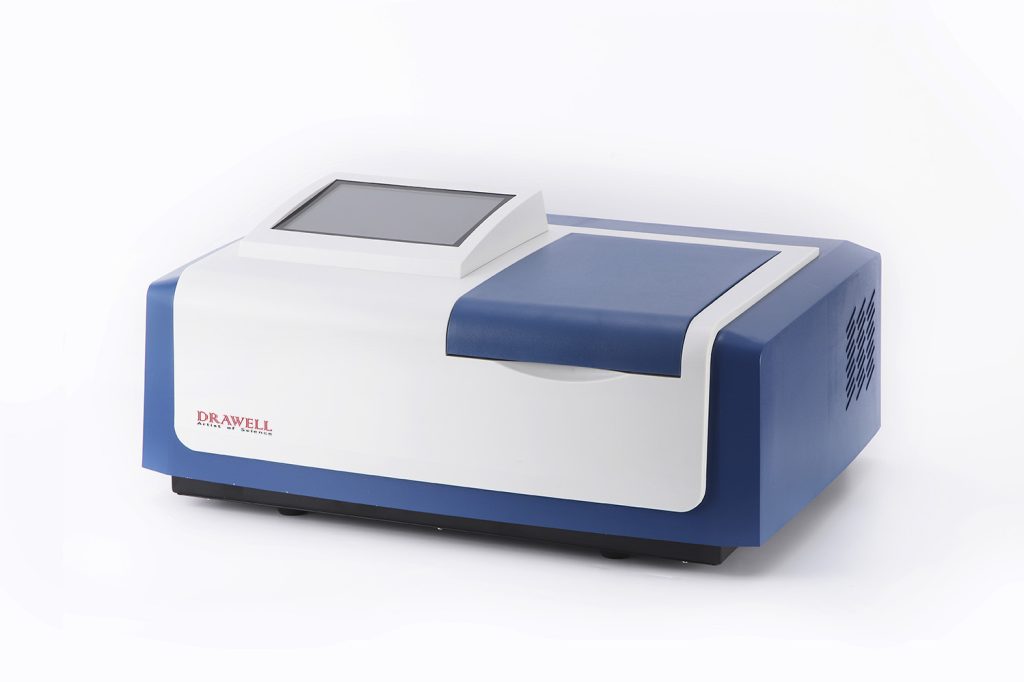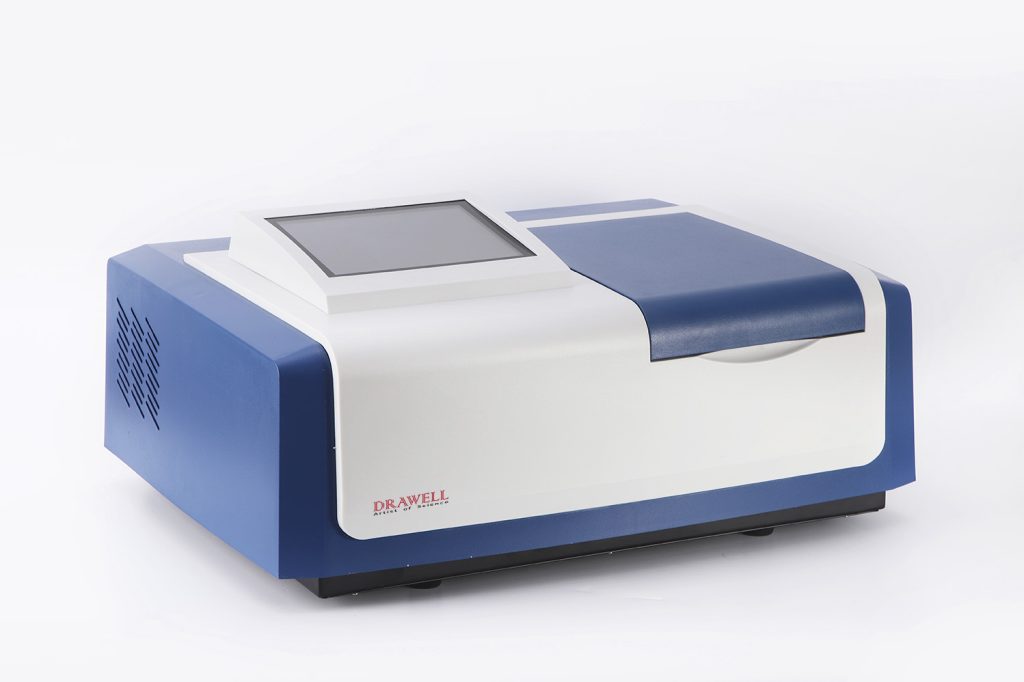A spectrophotometer, sometimes known as a spectrometer, is scientific equipment that measures the amount of light absorbed or transmitted by a material sample at various wavelengths. It is frequently used in different fields of science to explore the properties of materials and their interactions with light, including chemistry, biology, physics, and environmental science. Here we will explain how a spectrophotometer works, starting with the importance of a spectrophotometer, moving on to the components and the working process.
Why Spectrophotometer Is Important in Scientific Research?
The ability of spectrophotometers to provide quantitative and qualitative information about materials makes them important in scientific study. Spectrometers can be used to assess the concentration of a solution, identify unknown substances, and obtain useful insights into the properties of materials by measuring the absorption or transmission of light at different wavelengths.
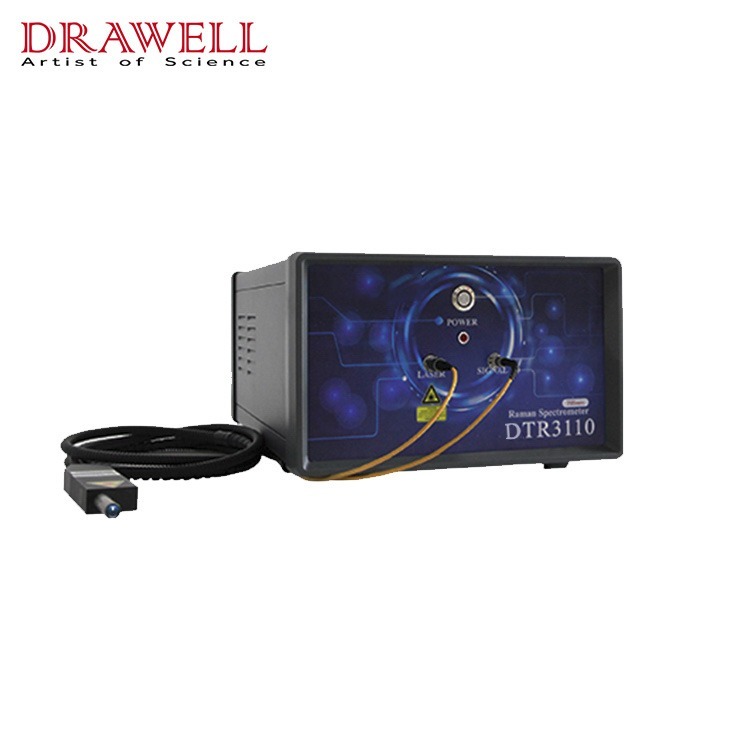
Spectrophotometers, for example, are used in biochemistry to measure the absorbance of nucleic acids, proteins, and other biological substances. This data can be used to determine the purity and concentration of the sample, as well as to investigate how molecules interact with other compounds.
Spectropmeters are used in environmental science to measure the concentration of contaminants in water and air samples. Scientists can assess the concentration of pollutants and monitor environmental changes by measuring the absorption or transmission of light at different wavelengths compounds.
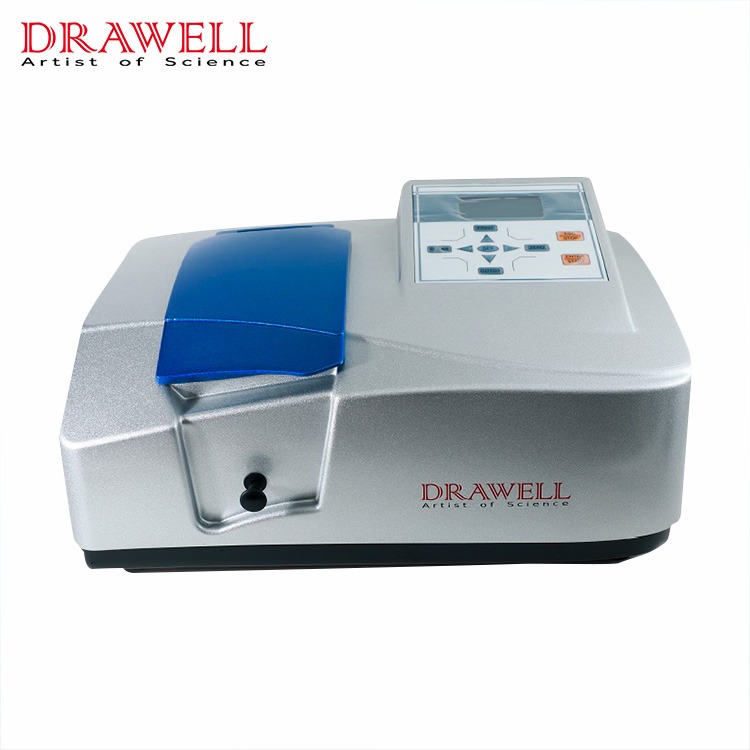
What Are the Components of a spectrophotometer?
A light source, a sample container, and a detector are the three essential components of a spectrophotometer.
- Light source
A tungsten filament lamp or a xenon flash lamp that generates light in the visible and ultraviolet parts of the electromagnetic spectrum is typically used as the light source. The light source emits a broad spectrum of light, which is used to assess the sample’s absorption or transmission of light.
- Sample holder
The sample container is a clear cuvette that contains the sample. Depending on the wavelength range of the light source and the qualities of the sample, the cuvette can be made of glass, quartz, or plastic.
- Detector
The detector monitors how much light travels through the sample. The detector, which turns light into an electrical signal, can be a photodiode or a photomultiplier tube. The detector is intended to be sensitive to the light wavelengths employed in the measurement and to provide a signal proportionate to the amount of light that passes through the sample.
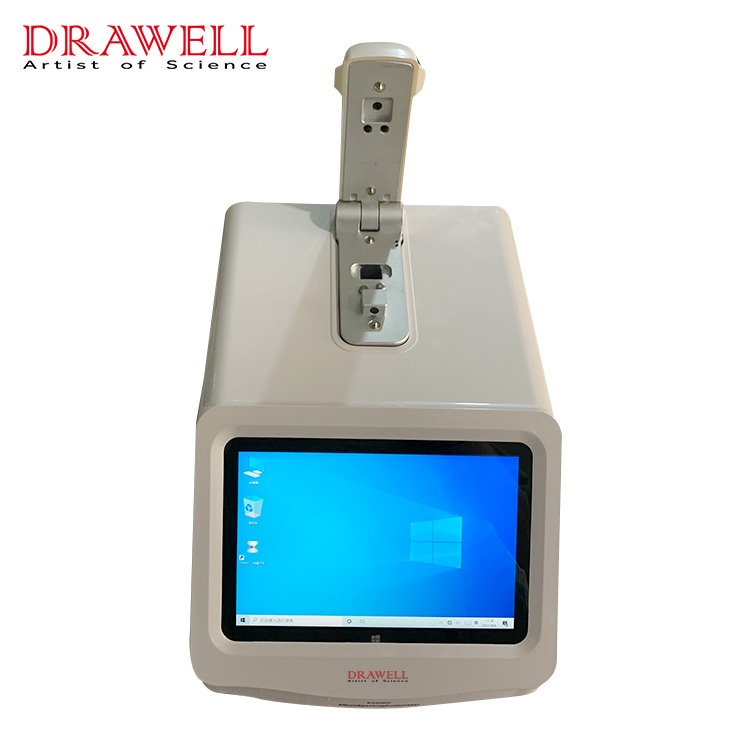
What Are the Operating Principles of a Spectrophotometer?
The operating principle of a spectrophotometer involves the measurement of the absorption or transmission of light by a sample at different wavelengths. The instrument consists of three main components: a light source, a sample holder, and a detector.
A spectrophotometer’s operation includes measuring the absorption or transmission of light by a sample at various wavelengths. The device is made up of three major parts: a light source, a sample holder, and a detector.
The light source emits a broad spectrum of light that is separated into its component wavelengths by passing it through a prism or diffraction grating. The generated light spectrum is focused on a sample housed in a transparent cuvette. Depending on its qualities and the wavelength of the light, the sample absorbs or transmits a portion of the light.
The detector monitors the amount of light that passes through the sample and generates an electrical signal proportional to the light’s intensity. A computer or chart recorder records and analyzes the electrical signal, displaying the spectrum of light absorbed or transmitted by the sample at different wavelengths.
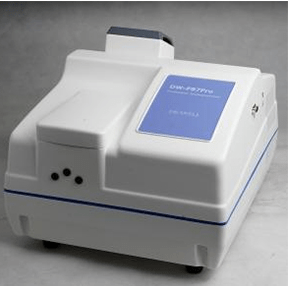
At each wavelength, the amount of light absorbed or transmitted by the sample is calculated by comparing the intensity of the incident light with the intensity of the transmitted or absorbed light. The transmittance or absorbance ratio is commonly stated as a percentage or as an optical density (OD) measurement.
The relationship between the transmittance and absorbance of a sample is given by the Beer-Lambert law, which states that the absorbance of a sample is directly proportional to the concentration of the absorbing substance in the sample and the path length of the light through the sample.
Spectrophotometers are used for a variety of purposes, including the examination of biological molecules, dyes, pigments, and other materials that absorb or transmit light in the visible and ultraviolet parts of the electromagnetic spectrum. They are important tools in scientific research and are used in disciplines such as chemistry, biochemistry, physics, and environmental science.
Summary
A spectrophotometer is a necessary tool in scientific research because it allows scientists to investigate the properties of materials and their interactions with light. Scientists can calculate the concentration of a solution, identify unknown compounds, and get vital insights into the characteristics of materials by measuring the absorption or transmission of light at different wavelengths.

